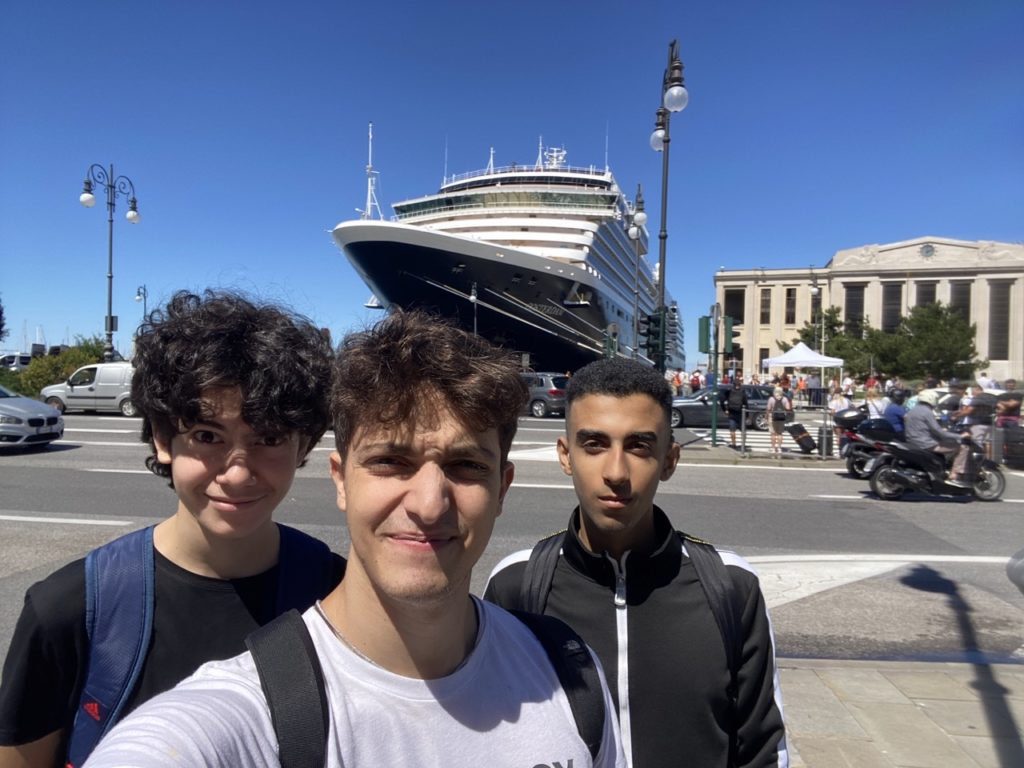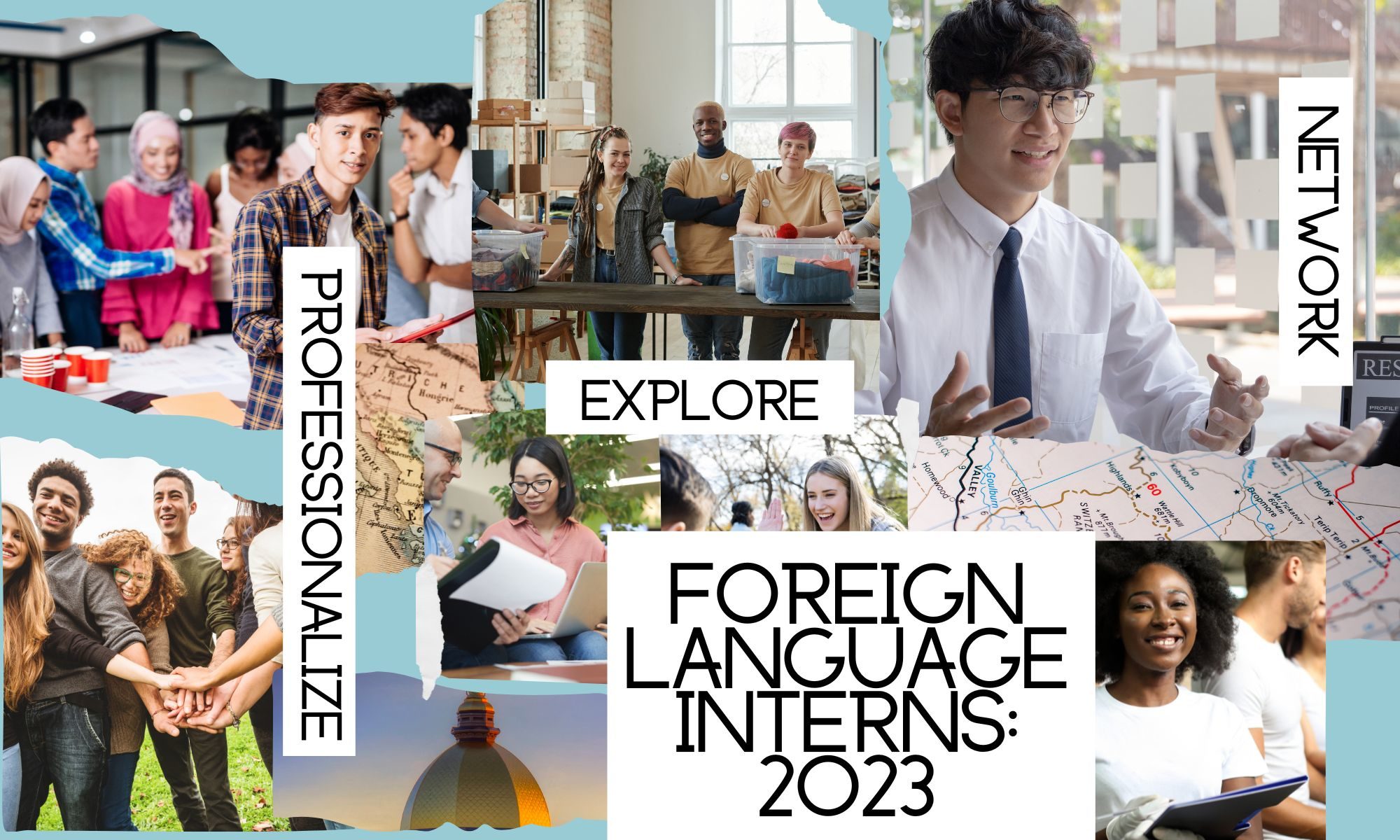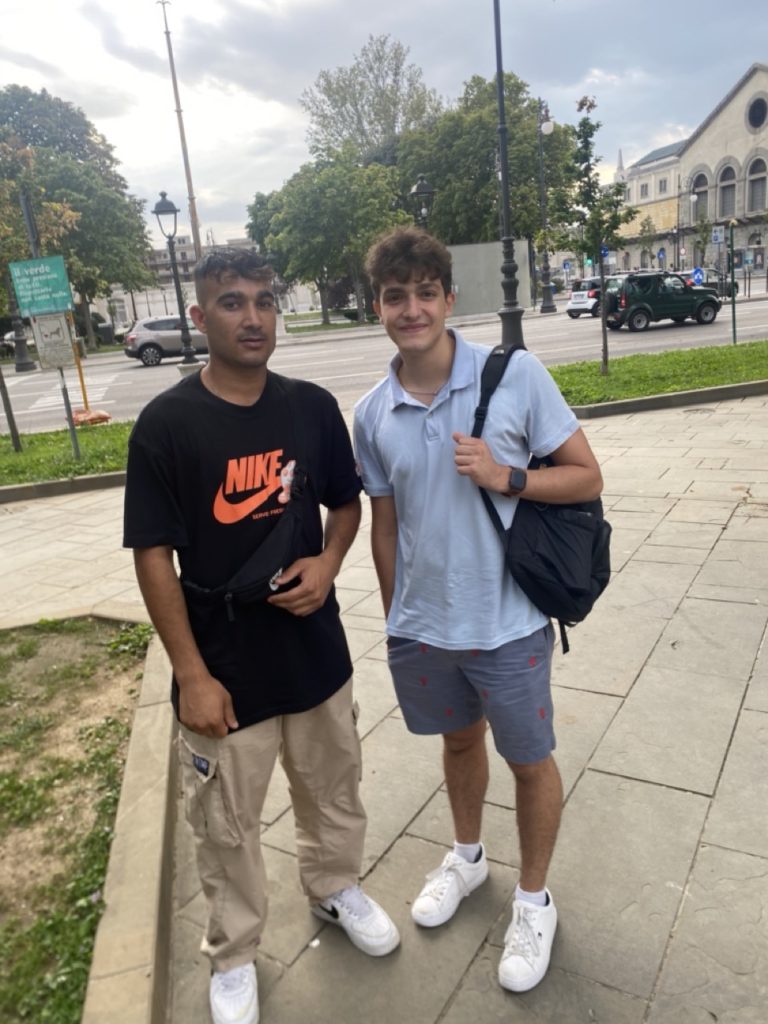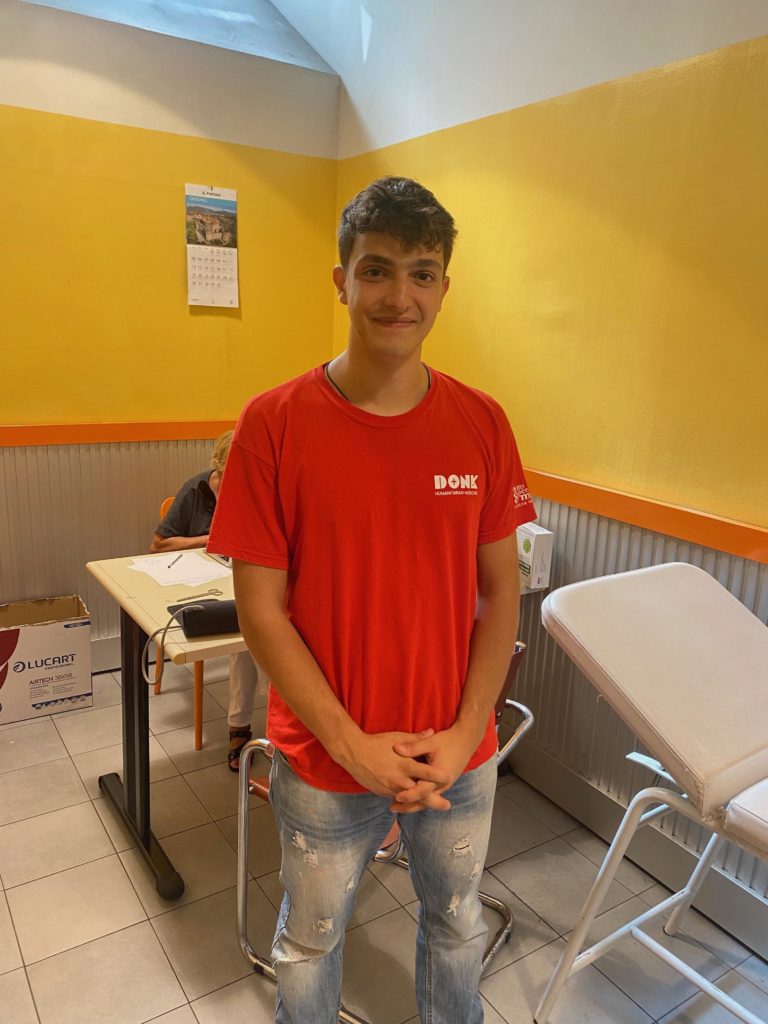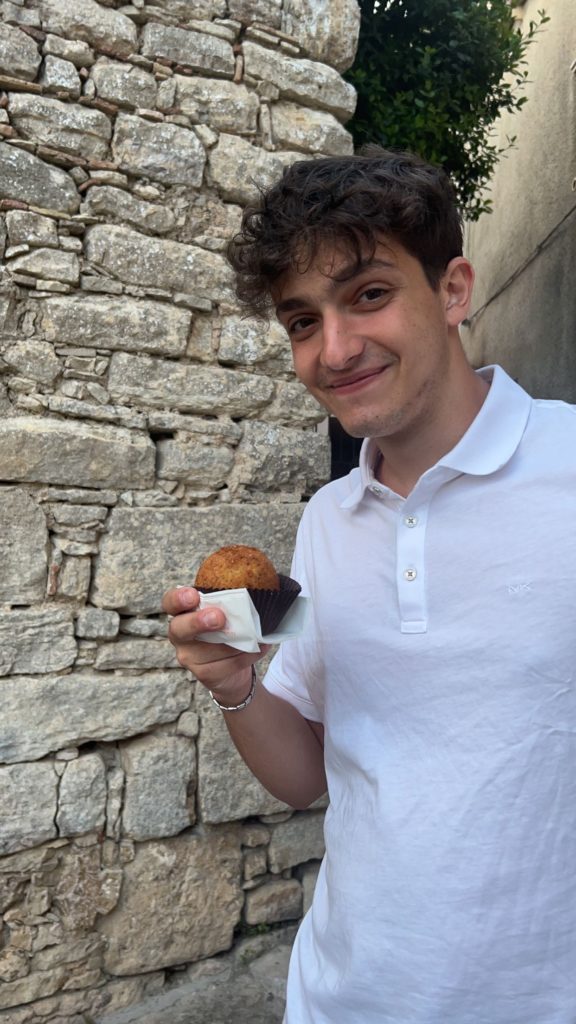From my time volunteering in a clinic in Italy, I’ve come to realize how prominently a society’s core values are reflected in its healthcare system. In the clinic for refugees, I’ve seen Italian physicians embody a “care for all” mentality, making accessibility and comprehensive care their top priorities. Contrastly, in the United States, where I’m involved in epilepsy research, the focus in healthcare often leans toward cutting-edge innovation and a forward-looking approach. Although both systems are deeply committed to patient well-being, the paths that are followed to achieve these values are noticeably different.
On my very first day at the volunteer clinic in Italy, the communal well-being approach was evident. What struck me most was the fact that each physician here provides their care for free and operates independently of government subsidies. Equally remarkable was our ability to see 20 patients in just 4 hours. In the US, a typical patient visit can last anywhere from 30 minutes to an hour. The difference in Italy showed a focused, efficient approach as opposed to the often time-intensive and individual-oriented consultations I was accustomed to back home.
Drawing from Hofstede’s D6 model for national culture, Italy’s approach aligns closely with the “Collectivist” dimension, where the welfare of the society takes precedence over individual achievements. In stark contrast, the U.S. tends more toward “Individualism,” with an emphasis on personal rights and achievements. This dynamic begs the question: how might a collectivist perceive an individualist, and vice-versa? Coming from an individualistic background, I initially regarded the Italian approach as less progressive. Concurrently, I sense that my Italian colleagues might view my keen enthusiasm for innovation as somewhat impersonal, potentially prioritizing scientific advancements over genuine human connection.
This distinction in cultural dimensions brings to mind the heterostereotype of Americans being “driven” and “forward-looking,” while Italians might be seen as “community-oriented” and “nurturing.” Though stereotypes can be overly simplistic and reductive, they can stem from real, observable cultural traits.
Recognizing these differences has been a transformative experience for me – I’ve gained further perspective beyond the American lens through which I initially viewed Italy’s healthcare system. I have grown to deeply appreciate the heartfelt care central to Italy’s communal approach. I’m now an advocate for nurturing patient relationships as a priority, while holding onto the belief that there can be a harmonious balance with technological and medical advancements.
I find myself hoping for a deeper understanding of how these cultural dimensions have historically evolved in both nations, and how these values have permeated other sectors of society. Moving forward, this newfound awareness doesn’t complicate, but rather enriches my perspective on both cultures. It serves as a reminder that various approaches can coexist, each contributing its unique strengths.
